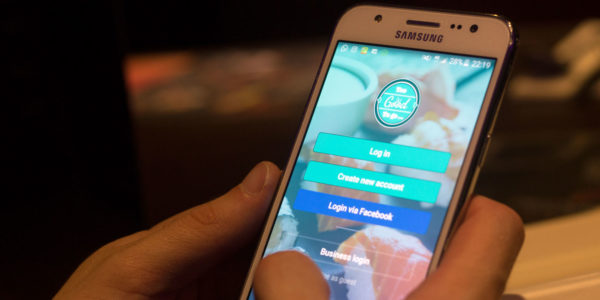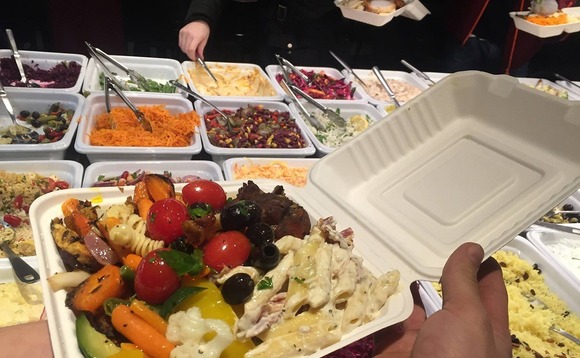
Food wasting has become a serious problem especially in Western countries. It is estimated that about 1.3 billion metric tonnes of food is wasted around the world every year.
In the United Kingdom alone, food waste costs about £12.5 billion annually. Apart from the cost, it also causes negative impact on the environment, regarding where to dump the wasted food.
But as food is going to waste in the West, the United Nations estimates that 870 million people around the world suffer from hunger each year.
This has prompted some world leaders to openly urge change in consumer attitudes on food in the West. Speaking shortly after he became the head of the Roman Catholic Church in 2013, Pope Francis voiced his growing concern. “Our grandparents used to make a point of not throwing away leftover food. Consumerism has made us accustomed to wasting food daily and we are unable to see its real value. Throwing away food is like stealing from the table of those who are poor and hungry.”
Some of these messages – on the need to cut down on food waste – have inspired people to find innovative ways to save food. Five individuals have teamed up to develop a simple app that allows users to order leftover food from restaurants, at a very cheap price.
The app known as Too Good To Go (TGTG) was first developed at the end of 2015, in Denmark. After testing it successfully in Denmark, the developers expanded their scope to Norway, Switzerland and Germany for restaurant owners to try it. In all these places, the app proved very useful. Currently, the app is being tested in the United Kingdom.
Treat yourself to a nice lunch through TGTG today! Eat well and reduce food waste. #FeedBelliesNotBins pic.twitter.com/gUeNmHajhi
— Too Good To Go UK (@TooGoodToGo_UK) July 28, 2016
TGTG is Free to download. It works simply by mapping nearby restaurants and cafes that are offering up leftovers, otherwise thrown away for discounted prices. Users interested in the food will simply fill in their card details. The restaurant will then give users a timeslot to pick up their meal, often up to an hour before the restaurant closes.
The restaurant will not give users precise menu options, but users will get a rough idea of the kind of food they might be getting. Prices range from as little as £2 up to a maximum of £3.80 at all participating restaurants, with a “small” percentage of the revenue covering TGTG’s operating costs, Business Green reports.
In the United Kingdom, it is said the restaurant industry is wasting about 600,000 tonnes of food each year. TGTG said it is not registered as a for-profit company. The company said its main objective is to help reduce food waste to save cost and the environment. According to the developers, the app has a potential of marketing restaurants to customers free of charge, and also connecting customers to restaurants they might not know.
In June 2016, the app was launched in Brighton and Leeds. It has now gotten to the city of London. Restaurant owners in the city are said to be scrambling for the app.
The developers said they are now concentrating on how to improve the app, so that it can be expanded to more countries. According to the developers, the app will serve as a guide for restaurant operators to know the quantity of food to prepare for their customers, and operators can continue to do it, even without the app in future.
“Our overall mission is to put ourselves out of a job. We really don’t think this app should exist, but it is a safety net at the moment – a temporary measure. There should be a time when restaurants can prepare food without preparing too much,” co-founder of the app, Jamie Crummie said.
As TGTG has become a success story, some people are still looking at how they can also develop similar apps to help end food wasting.
You want to support Anonymous Independent & Investigative News? Please, follow us on Twitter: Follow @AnonymousNewsHQ
This article (An End to Food Wasting: New App Allows Users to order Leftover Food at Cheap Price from Restaurants) is a free and open source. You have permission to republish this article under a Creative Commons license with attribution to the author and AnonHQ.com.








